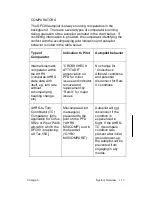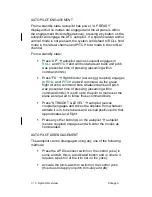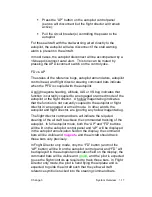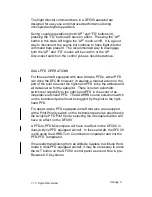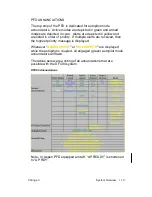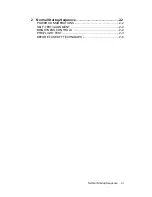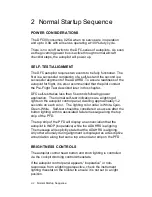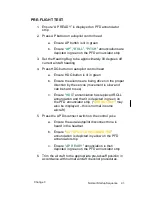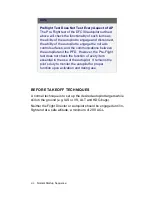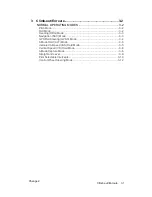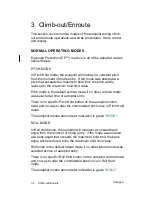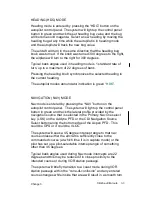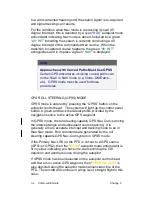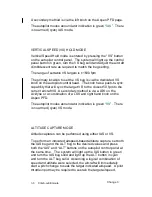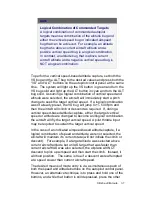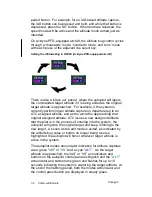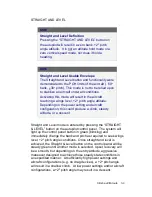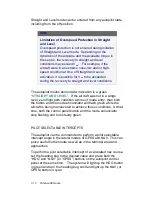
3-4
Climb-out/Enroute
to a wind-corrected heading until the station signal is re-acquired
and signal tracking can resume.
For the condition when Nav mode is conducting its own 45
degree intercept, this is depicted by a cyan “
NAV
” autopilot mode
annunciator indicating Nav mode is armed, followed by a green
“
45 INT
” indicating the system is currently conducting a 45
degree intercept of the commanded Nav course. When the
transition to captured course happens, the green “
45 INT
”
extinguishes and in its place a green “
NAV
” is displayed.
NOTE
Approaches with Curved Paths Must Use GPSS
Certain GPS procedures involving curved paths can
not be flown in NAV mode (e.g. holds, DME arcs,
etc). GPSS mode must be used for those
procedures.
GPS ROLL STEERING (GPSS) MODE
GPSS mode is entered by pressing the “GPSS” button on the
autopilot control head. The system will light up the control panel
button in green and track the lateral profile provided by the
navigation source to the active GPS waypoint.
In GPSS mode, the roll steering-capable GPS Nav-Com is driving
the intercept angle and subsequent course tracking. It is
generally a more accurate intercept and tracking mode to be in
than Nav mode. Roll commands are generated by the roll
steering capable GPS Nav-Com system in GPSS mode.
If the Primary Nav LSK on the PFD is not set to a GPS source
(GPS1 or GPS2), then
the “
GPSS
” autopilot mode annunciator is
lit in yellow indicating you have one source driving the CDI
depiction and another source driving the autopilot.
If GPSS mode has been selected on the autopilot control head,
and there is no active GPS waypoint, then “
GPSS INVALID
” is
also depicted along the autopilot modes annunciator line of the
PFD. The aircraft will continue in wings level, straight flight in this
case.
Change 3


